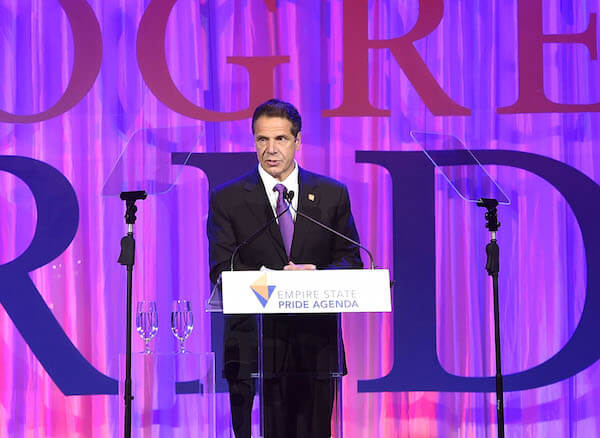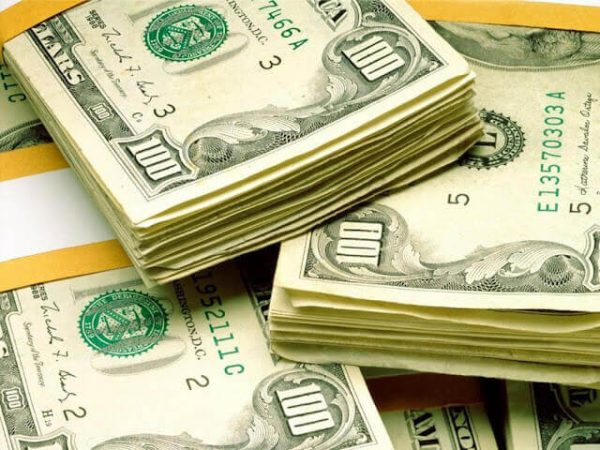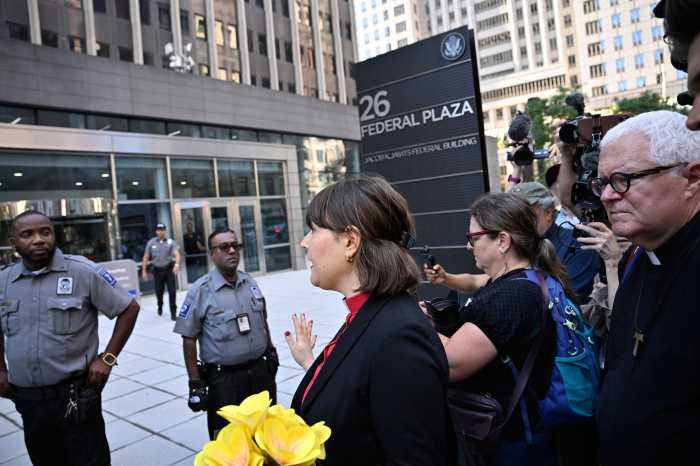In girl drag, Kelly Cogswell sports a rainbow-colored unitard and wig, | UZI PARNES
BY KELLY COGSWELL | It’s been years since I’ve had to put on girl drag to go to an office, but I still throw on a skirt occasionally. My current fave: a furry brown thing that I wear with stripey tights. Once, on a kind of dare, I let a friend dress me up in his colorful wig and silvery shoes, a rainbow colored unitard so tight it exposed my femaleness more completely than any clinging dress, and I unclenched my jaw and smiled for the camera, trying to find the drag queen inside me.
The worst experiment ever involved a bunch of South Asians, a New Mexico Latina, some kind of glittery sari, and me. I’ve never looked so white and dykey in my life, though in some ways, yesterday was worse, even if all I did was put on a sundress. It seemed like a good idea. The mercury hit more than ninety-five degrees in Paris and I liked how I felt half-naked underneath the flimsy material that caught the faint breeze in the apartment.
But then I thought about stepping out on the street, and I started to hate that same naked feeling. So first I put a tank on over the subtle black and blue print and pinned the bottom together with a safety pin, so I wouldn’t show my knickers in a gust. Then I decided to wear my invincible Doc Marten boots.
A Dyke Abroad
After 10 more minutes waiting around for my girlfriend to send one last email, I panicked and changed into my usual denim cutoffs and bland gray tank of urban camouflage that neither cloaks nor advertises my dykeness or femaleness, but also doesn’t scream, “Look at me,” like most girl drag, even those navy skirt suits worn with sensible heels.
It attracts male eyes, and with them comments. They could be flattery, or insults. Doesn’t matter. As a female, as a woman, your body isn’t yours. You aren’t allowed to clothe yourself for your own utility or pleasure, but always and only for men and the women who enforce cultural standards. And those thoughts you were having, minding your own business as you were walking down the street, will almost surely be interrupted by some man’s banal sexual fantasy — or his desire to assert his presence, masking tyranny as a compliment.
Sure, some women always have an easy retort at hand, but if you shrink in the face of what men no doubt consider harmless repartee, if you don’t reciprocate or appreciate their advances, if you actually rebuff them, then the banter is revealed as what it is, an exchange of volleys in a still lopsided war that I have shaped my life and my wardrobe to avoid.
So when we queers talk about how gender intersects with identity and expression (which is such a lovely word), we might consider how misleading the whole conversation can be for plenty of dykes like me.
A simpler sundress.
After all, growing up, I was as comfortable in my Sunday school dress as in the tight white pants of my baseball uniform. I hated my body, of course, but most young females do. My self-loathing grew exponentially worse after I hit puberty at 12, not because I was horrified by an obviously female body, but because that body was subject to almost constant harassment.
Even in jeans, I had guys touching me all the time, grabbing my butt, and following me home. I quit wearing makeup even on special occasions. During college, my clothes got baggier and baggier until I practically disappeared inside. Now I usually seem androgynous or masculine “presenting” when what I really feel is… whatever. Not human at all. A girlfriend once called me a brain on wheels, and that’s as good as anything.
Does nostalgia explain the smile? | UZI PARNES
I didn’t choose my gender expression, so much as I retreated into it out of exhaustion and fear. Sometimes I suspect the occasional desire I have for a skirt or dress is a matter of nostalgia. Other times it’s to see just how butch I really am, or am not. Or perhaps it’s a desire to break out of my androgynous or masculine reality, which I imagine is what some cisgender men feel when they pull out their enormous high heel shoes and beehive wigs, wanting to be at least temporarily whimsical. Maybe even ridiculous.
Because that’s the other thing, of course. How an egghead like me is forced into serious, more gender-neutral clothes not just to create a barrier around my little dyke body, but for the street cred of an activist and journalist. Nobody takes you seriously wearing colorful, girly clothes, but especially sundresses, sequins, feathers, tapestry, and/ or furry skirts. All those toys we female types are allowed to play with, but which come at a price.





































